10 Ways I Work Smarter (Not Harder) in Figma
Learn 10 practical tips to work more efficiently in Figma—from using components and Auto Layout to organizing…
When I’m faced with a fresh project, one of the first things I turn to is the mood board. It’s not just a collage of inspiration, it’s a launchpad for creative energy. Mood boards help me (and my team) find the visual voice of a concept before diving into layouts or copy. They’re like a sneak peek into the creative DNA of what the final piece could become.
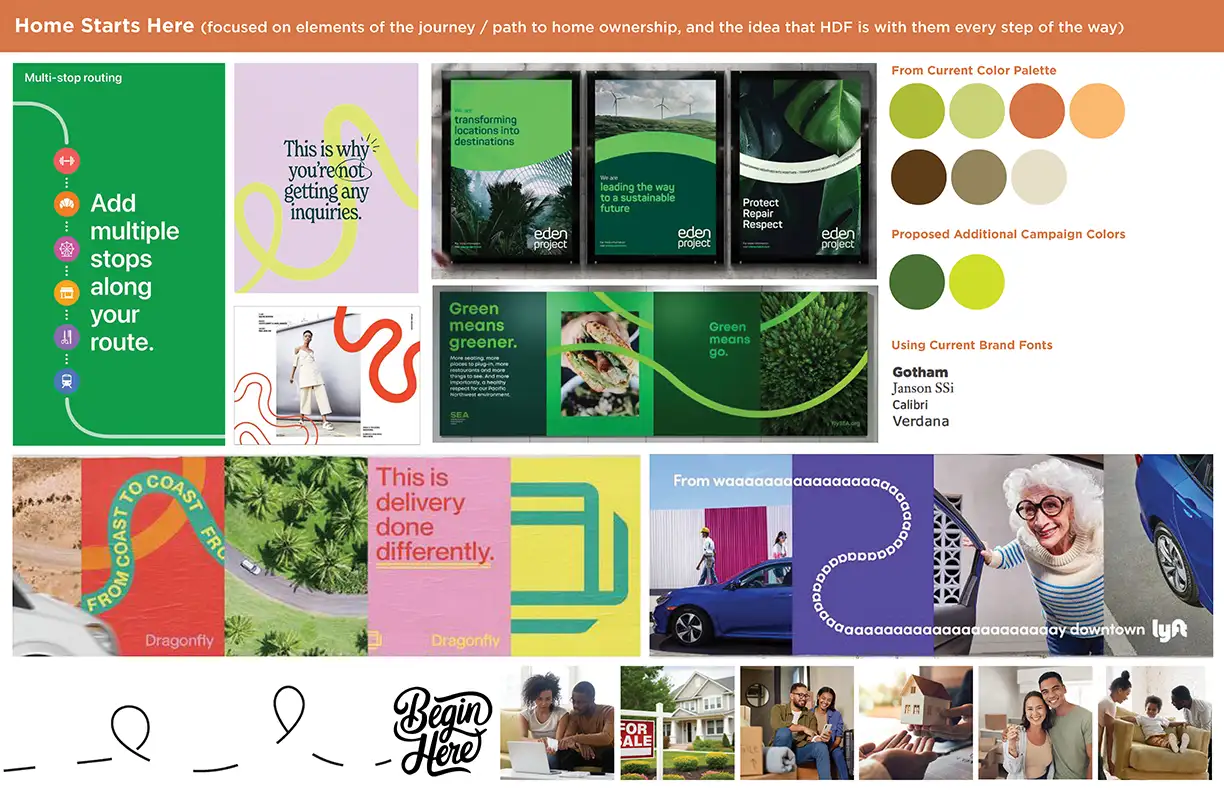
Mood boards combine all the essentials: colors, fonts, imagery, and design elements. These aren’t random pieces thrown together; each element is intentional. The board itself starts to tell a story, giving everyone a sense of the emotion, style, and atmosphere we’re aiming for. In a way, a well crafted mood board is a design concept, it captures the look and feel in its very structure.
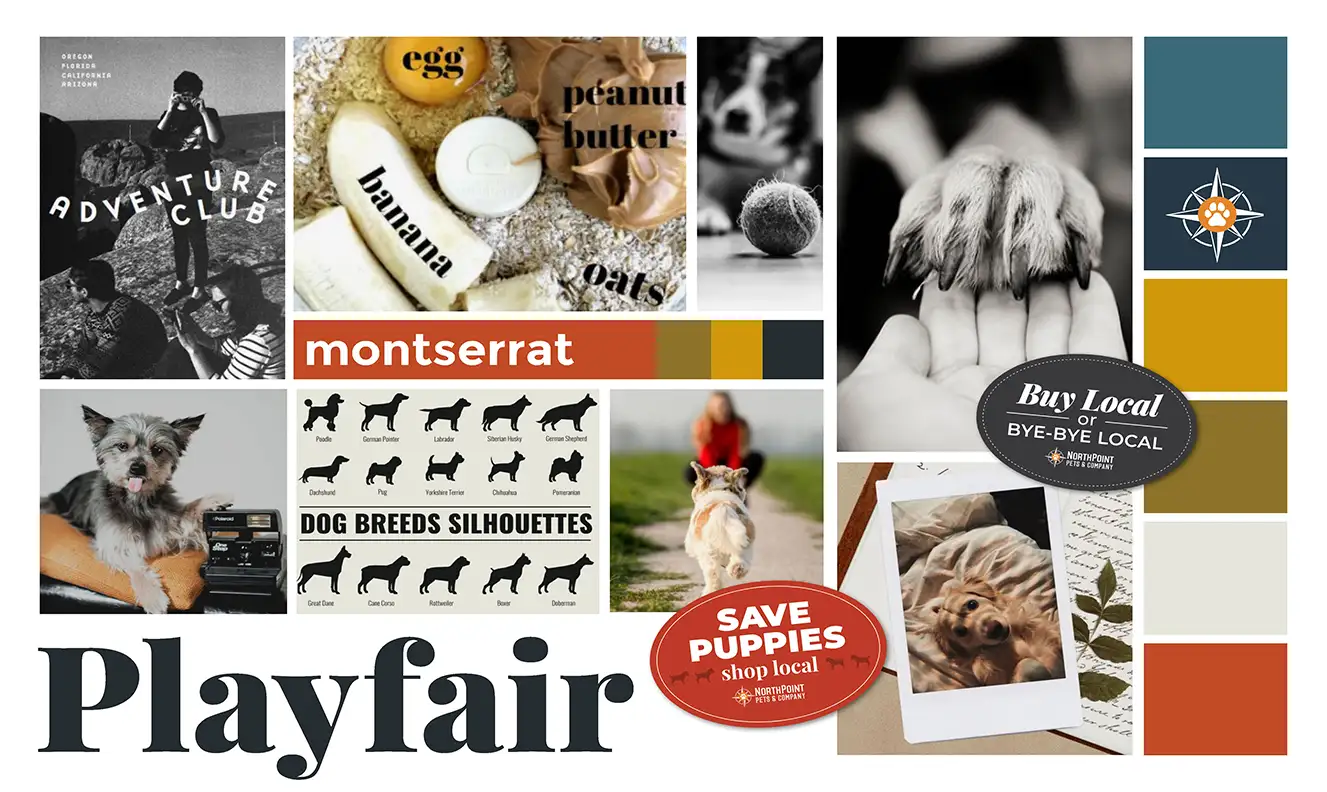
Mood boards create a shared language early in the process. When clients or teammates see one, it’s like turning on the light switch. Suddenly, abstract ideas feel tangible. We’re able to discuss direction with clarity, align on tone, and get excited about where the project is headed.
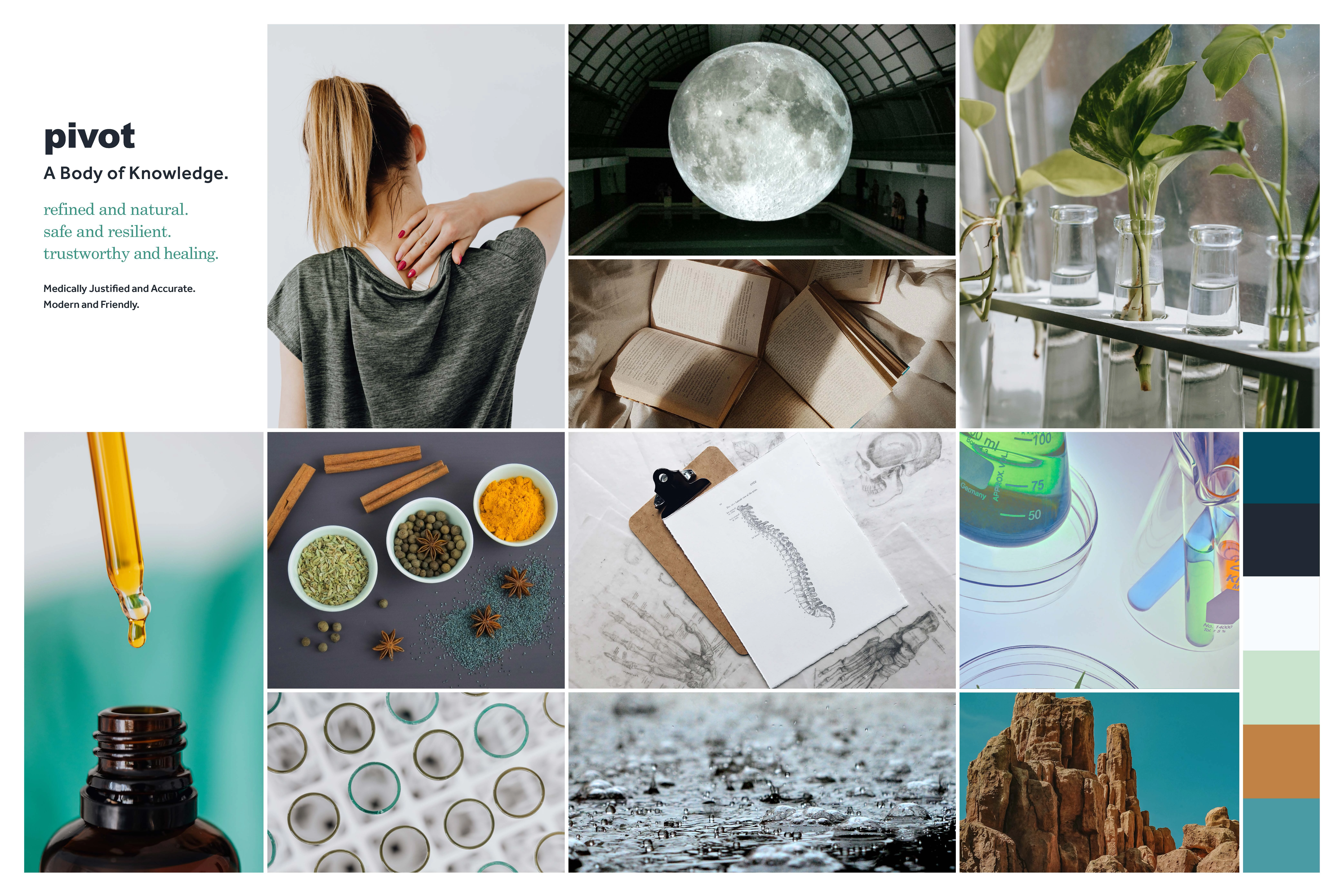
The layout of the mood board matters just as much as what goes on it. Grouping colors next to typography, showing imagery in context with patterns, or even mimicking potential layout structures—these subtle design choices add to the overall story. The way the board is assembled sparks ideas for composition and flow.
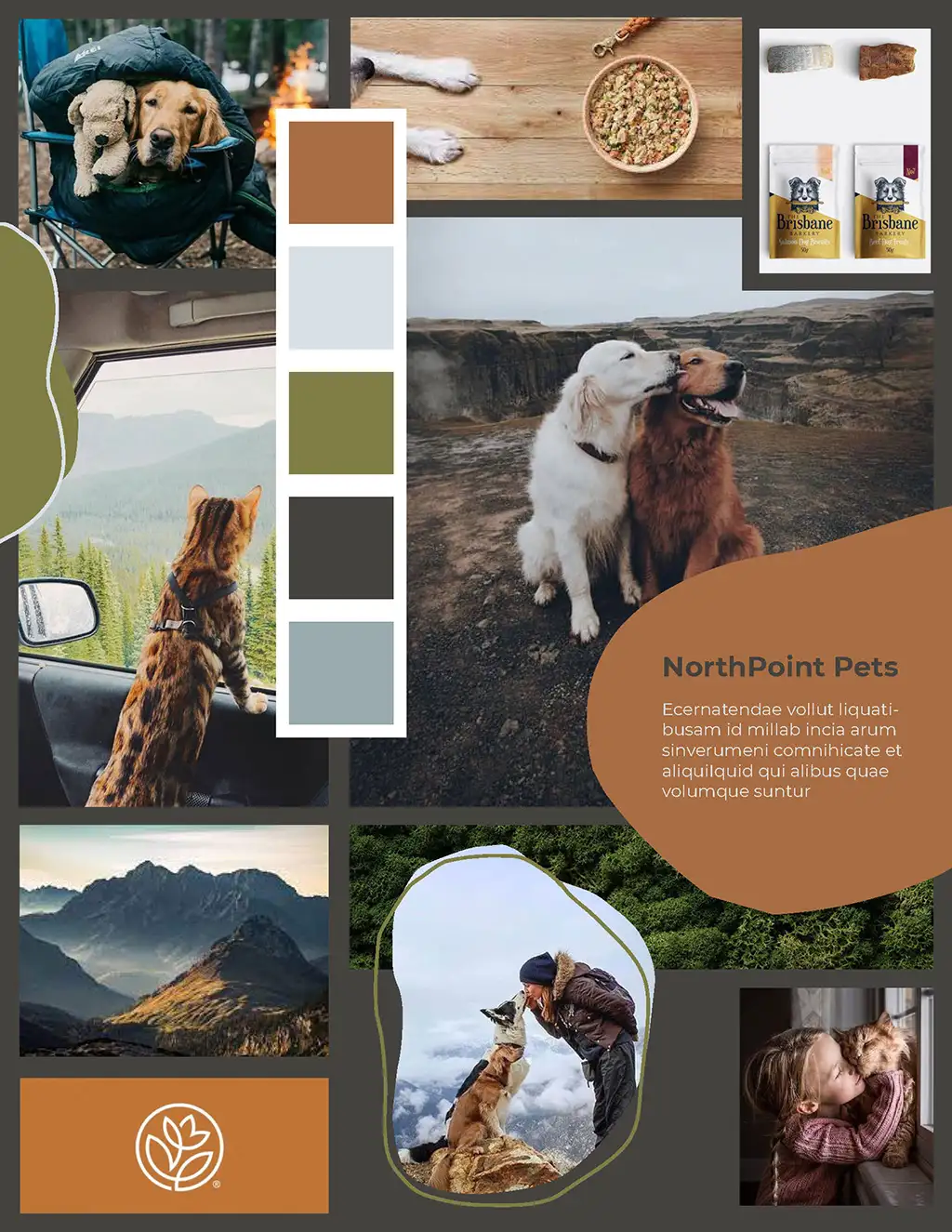
One of my favorite parts of working with mood boards is the collaboration. We rarely build them in isolation. Instead, we gather input from the whole team, sometimes even inviting the client into the process. One person might bring a set of fonts that feel right, another may uncover unexpected photography, and someone else might add textures or graphic elements that shift the energy in an exciting way. By layering all these perspectives, we end up with something richer than any one of us could have created alone. Collaboration ensures that the mood board doesn’t just reflect one viewpoint, but the collective imagination behind the project.
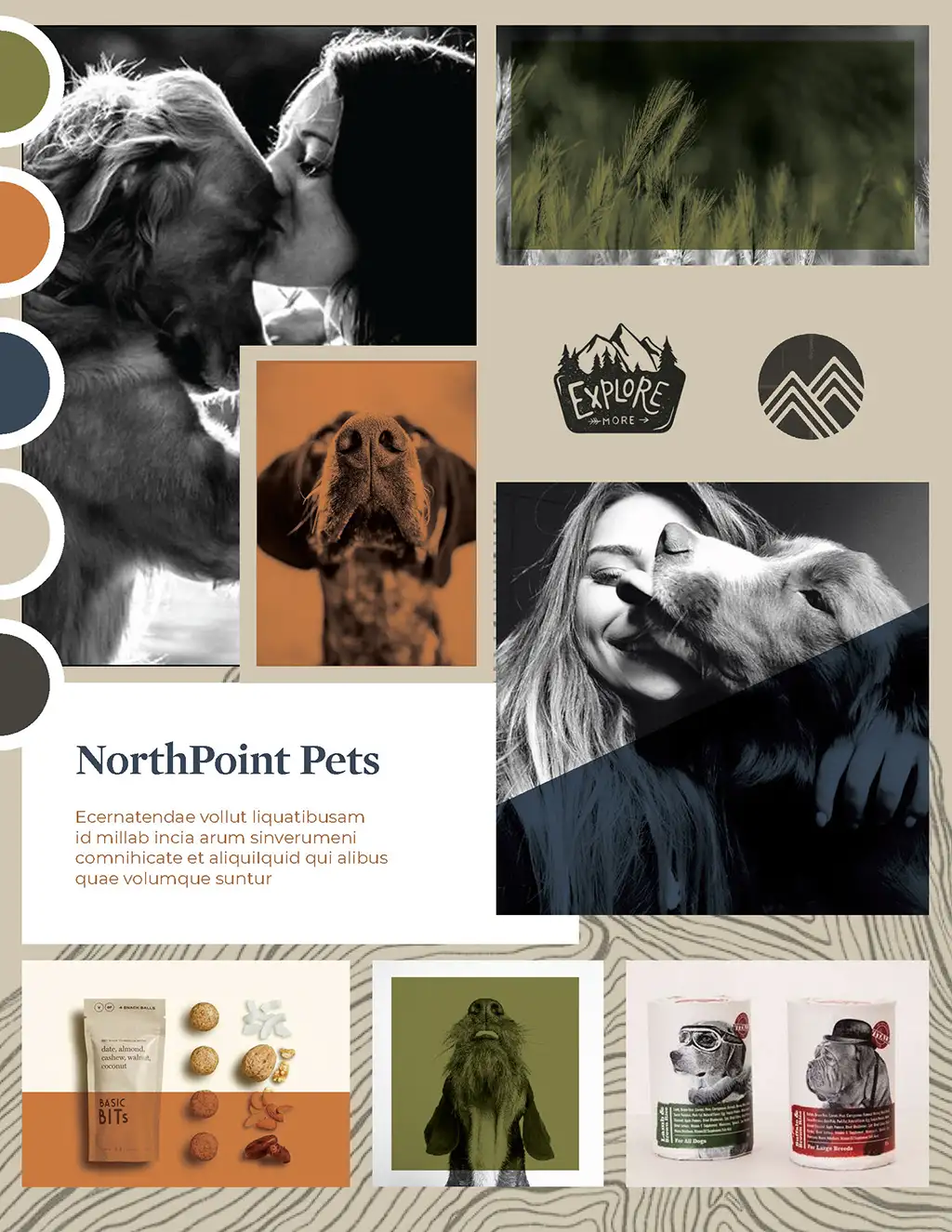
Another essential part of mood boards is the emotional factor. A great mood board doesn’t just showcase visuals, it captures a feeling. Whether we want a design to feel bold and energetic, calm and refined, or playful and inviting, the mood board becomes a shorthand for that emotion. This emotional layer is what makes the creative direction resonate—not just with the design team, but with the client and ultimately the audience. By grounding the visuals in a specific mood, we create work that connects on a deeper level.
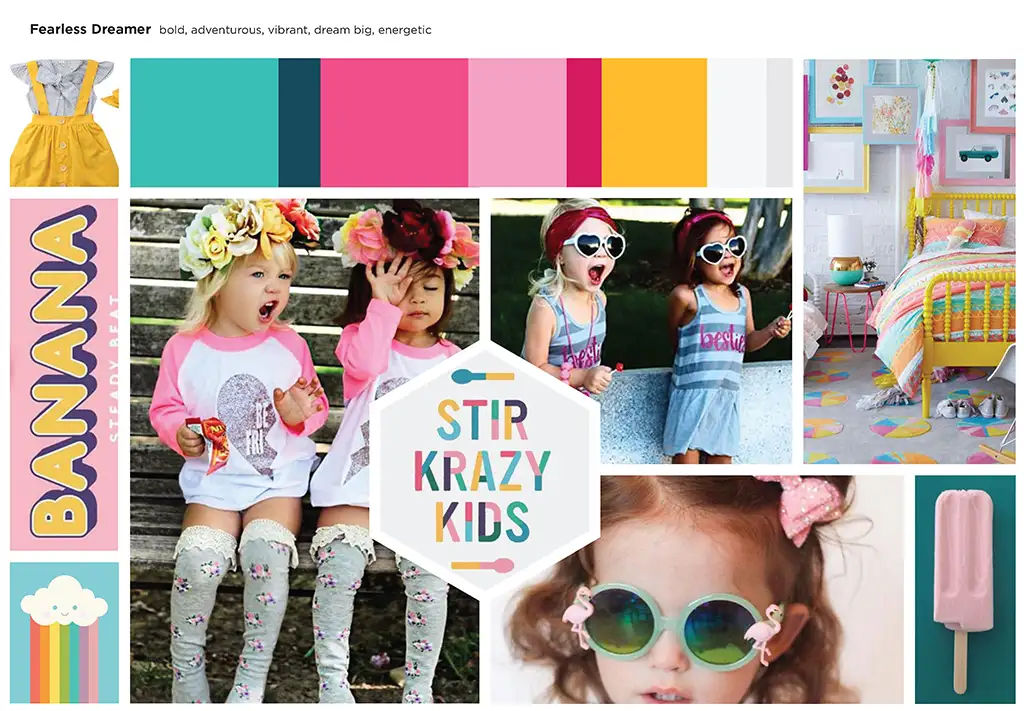
At the end of the day, mood boards are more than a tool, they’re a creative catalyst. They help us move from blank page paralysis to momentum. They give shape to vision. And most importantly, they fuel excitement, both for the team and for the client. That’s the energy we carry forward into every project.
Key Takeaways:
Q: What is the main purpose of a mood board?
A: A mood board sets the tone and direction for a project by combining visuals, typography, and colors into a cohesive story. It creates alignment before execution begins.
Q: How are mood boards different from final designs?
A: Mood boards are conceptual. They capture the look and feel, not the finished design. They act as a guide to ensure the final work stays on track.
Q: Can mood boards be digital or physical?
A: Absolutely. Digital mood boards are common using tools like Figma or Pinterest, but physical boards can be powerful too, especially in collaborative workshops.
Q: Who should be involved in creating a mood board?
A: The whole team, and sometimes even the client. Collaboration brings different perspectives together, making the board stronger and more representative of the vision.
Q: Why focus on emotion in mood boards?
A: Because design is never just about colors, fonts, or layouts—it’s about the story those elements tell and the feelings they stir within people. A mood board that captures emotion becomes more than a collection of pretty visuals; it becomes a bridge to human connection. It helps guide the creative process toward something that doesn’t just look right, but feels right. When we design with emotion at the center, we create work that resonates deeply, lingers in memory, and inspires action.
Heather is a passionate designer and illustrator who channels her “creative itch” into high-quality work for clients. She has illustrated several young adult and children’s books, including Abby the Crabby Tabby: Discovers Gratitude. Learn more about Heather and her time here at GO.
Learn 10 practical tips to work more efficiently in Figma—from using components and Auto Layout to organizing…
Discover how Rehrig Pacific and GO transformed a niche B2B audience into an engaged community through Pallets to…
A recap of GO’s All Hands meeting—team bonding, inspiring guests, department updates, big milestones, and…